How to use an induction cooktop — tips for new users
Master your induction cooktop
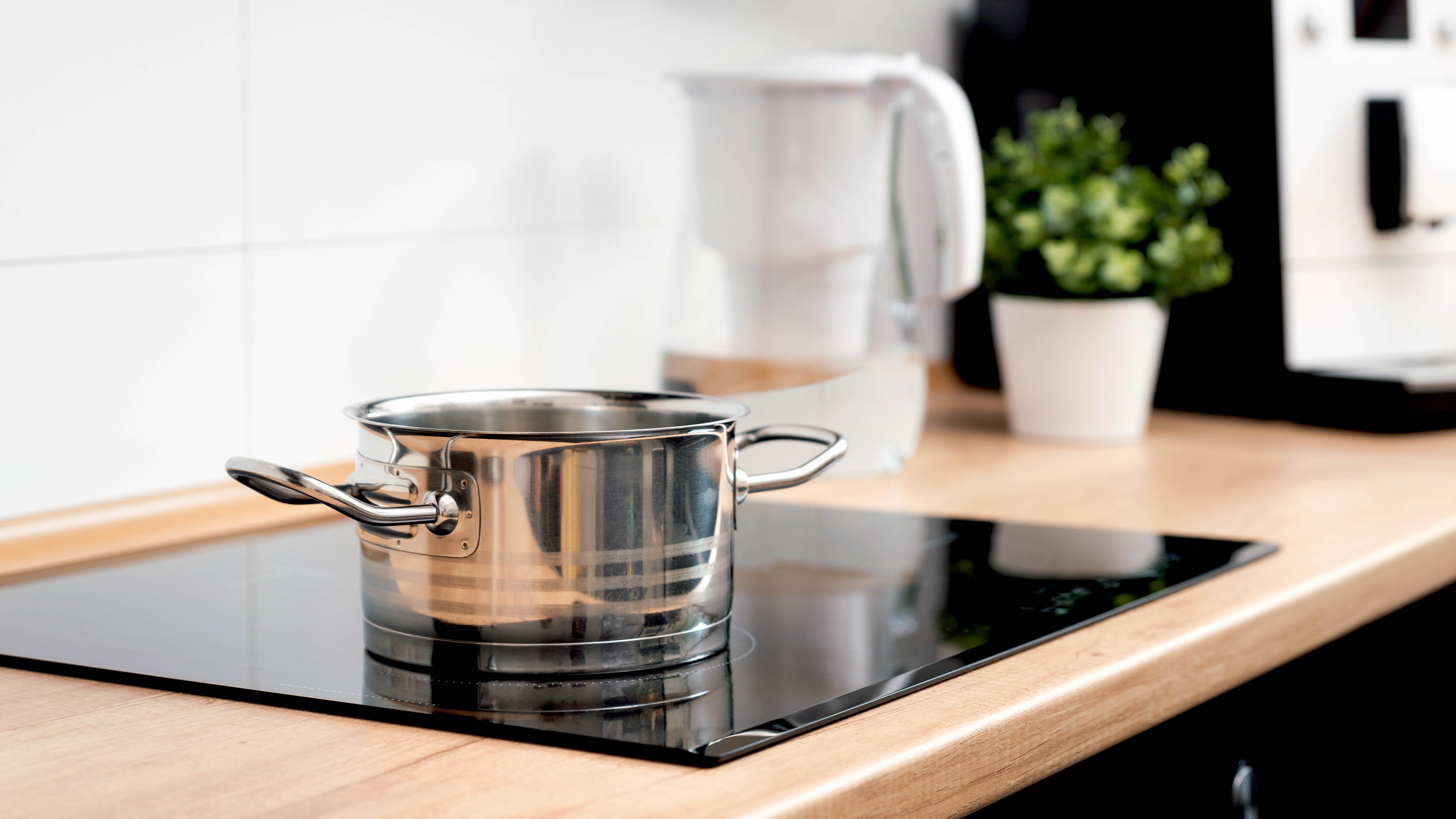
Induction cooktops offer a modern alternative to traditional gas and electric ranges, with a blend of efficiency, safety, and precise temperature control. These sleek appliances use electromagnetic fields to heat cookware directly, resulting in faster cooking times and reduced energy waste. The response time of an induction cooktop alone is a bonus for any kitchen.
It's important to consider what pans you're using with an induction cooktop, as they need to be made of ferromagnetic material to work effectively — such as cast iron or stainless steel. Proper maintenance of an induction cooktop is also key, to ensure its longevity and optimal performance.
This guide will walk you through the basics of using an induction cooktop, helping you make the most of your kitchen staple.
1. Check your cookware compatibility

Before using an induction cooktop, ensure you have suitable cookware. Induction cooking requires magnetic materials like cast iron or stainless steel. Test your pans with a magnet — if it sticks to the bottom, you're good to go.
2. Turn on the cooktop
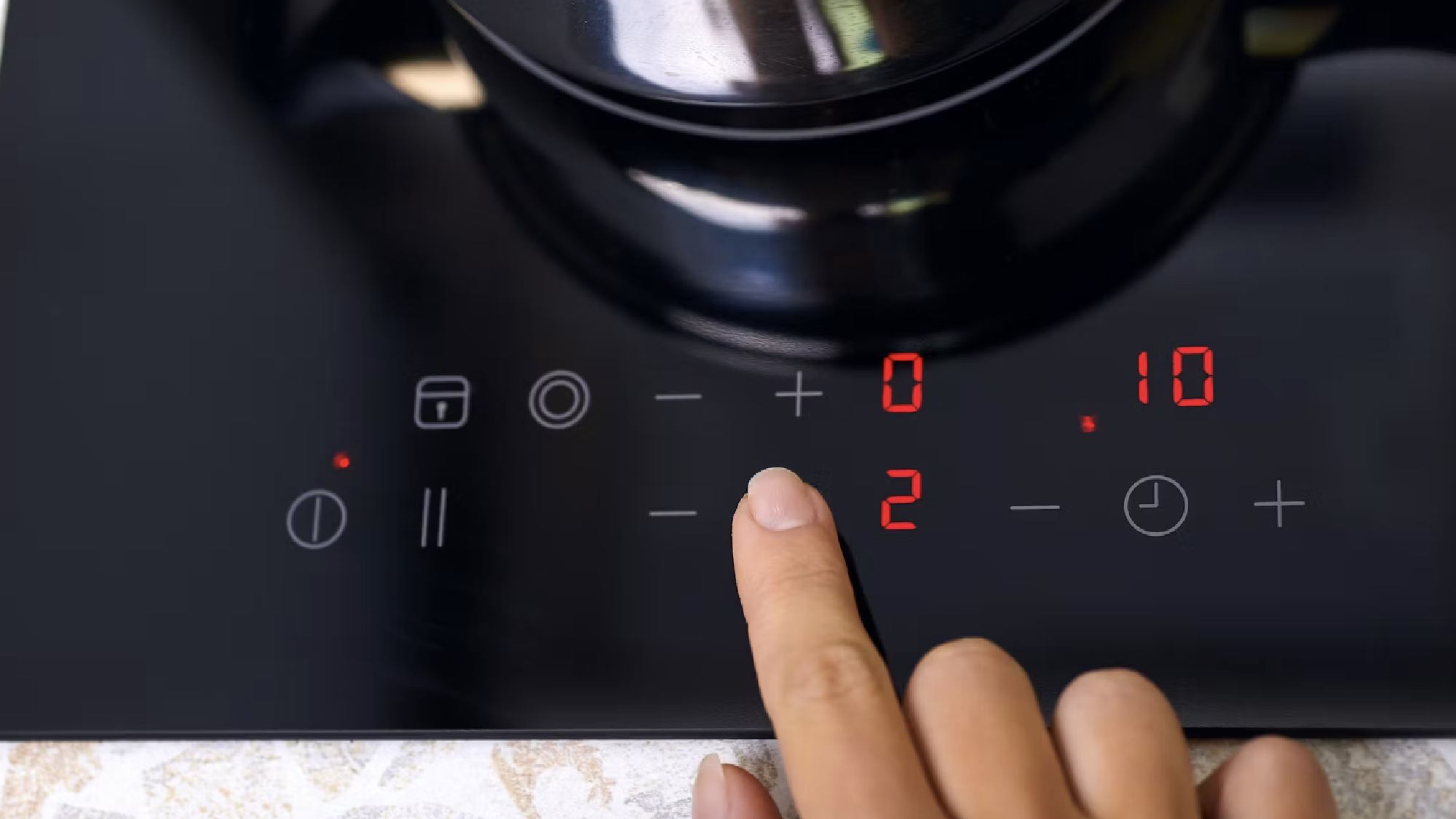
Locate the power button on the control panel and press it. The cooktop will display a '0' icon on all cooking zone displays, indicating it's ready for use. Some induction cooktops have a sliding scale that allows you to toggle the temperature setting, whereas other will feature plus or minus icons.
If you struggle to get your cooktop switched on, you could have a locked cooktop. Induction cooktops often lock themselves because they can heat up anything metallic that's placed on top, whether it's your keys or a kitchen gadget you've moved out of the way while cleaning. Your appliance will likely have a lock button that needs to be pressed down for a few seconds to allow it to start cooking.
3. Position your pan
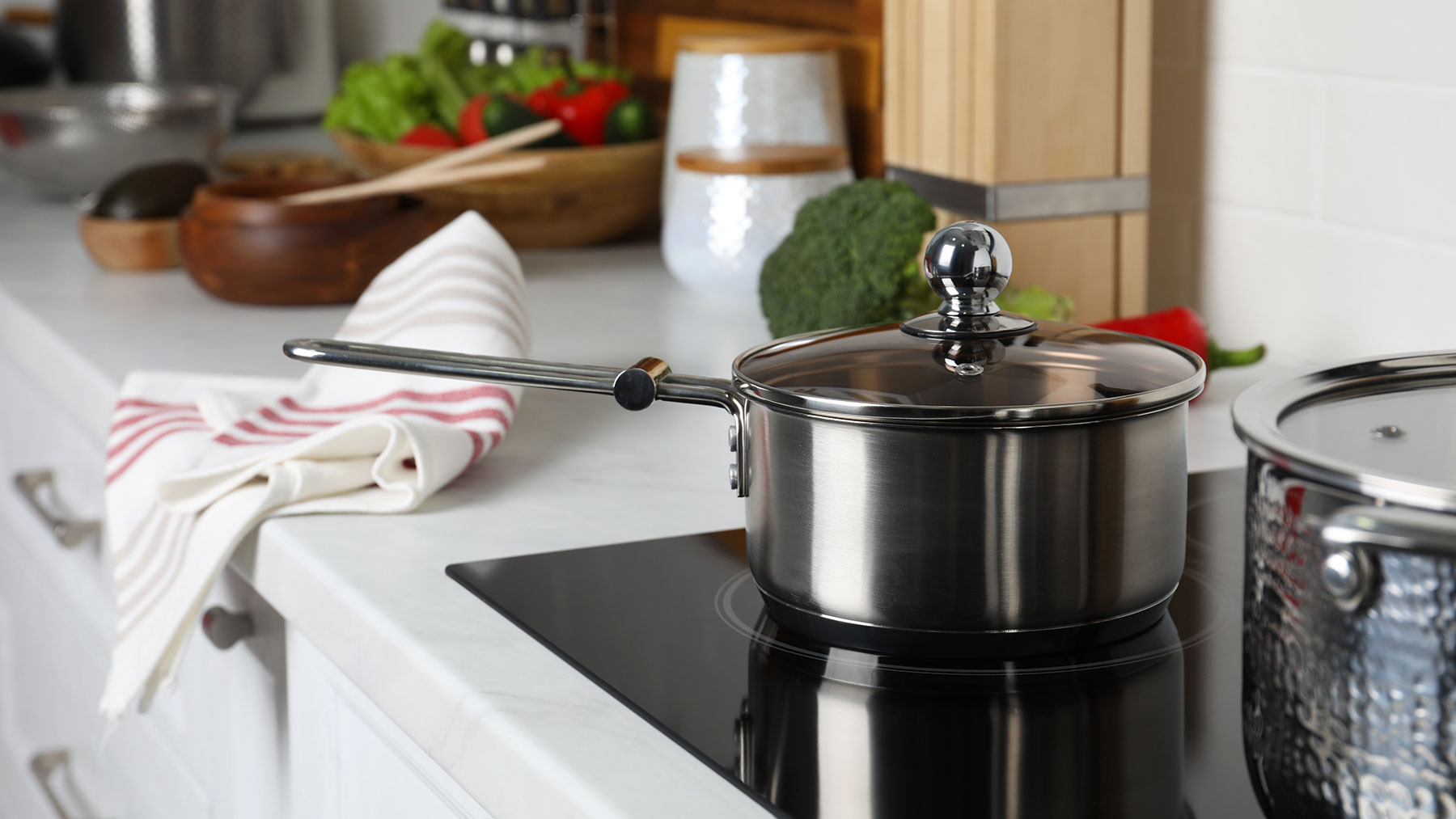
Put your compatible cookware on the desired cooking zone. Press the '+' symbol on the relevant zone to begin heating. The cooktop will detect the pan and start heating quickly. A faint buzzing or humming sound is normal during this process.
Induction cooktops work fast, but depending on the cookware you're using, it could feel like this takes a while. If you opt for a cast iron skillet, be prepared to let your cookware pre-heat for a while.
4. Set and adjust the temperature
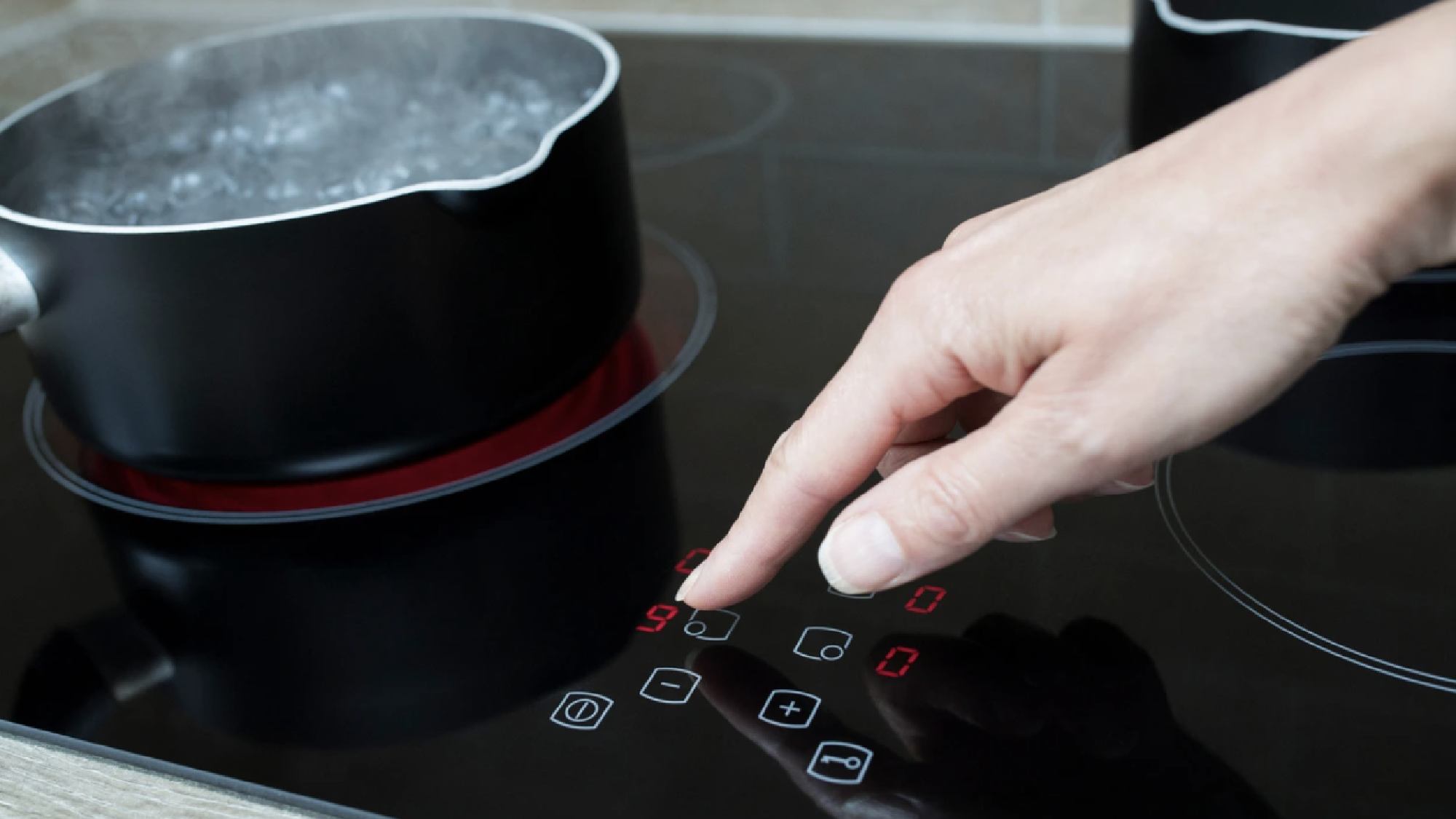
Start with a lower temperature and gradually increase as needed. Induction cooktops heat quickly, allowing for precise temperature control. Adjust the heat by pressing the plus or minus buttons as required during cooking.
Trust your intuition as you become accustomed to your new cooktop. If your meat takes a few minutes to start sizzling, don't be tempted to crank the heat up, as you'd be surprised at how easily you can overcook things. Induction cooktops can boil water in around one minute, so once your cookware comes up to heat, you'll get results fast!
5. Cook your meal
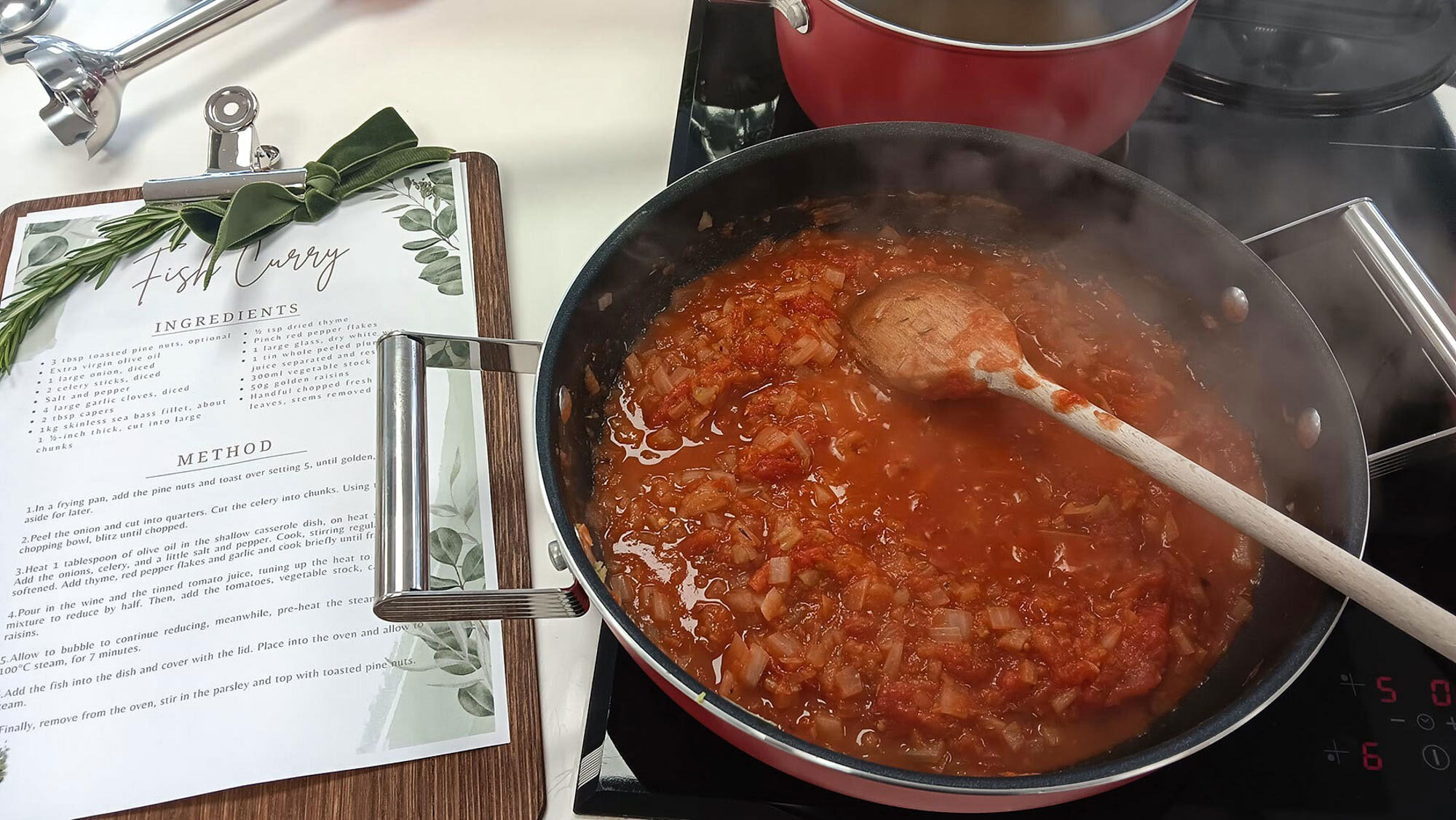
With the temperature set, you can now start cooking. Remember that induction cooking might be faster than what you're used to with other stove types.
Something to be aware of with your induction cooktop is that your cookware will work at just about any point of the surface area, as long as it has magnetic coils to conduct heat to your pans. So if your dish moves around while cooking, it's still going to be heated evenly.
6. Turn off the cooktop
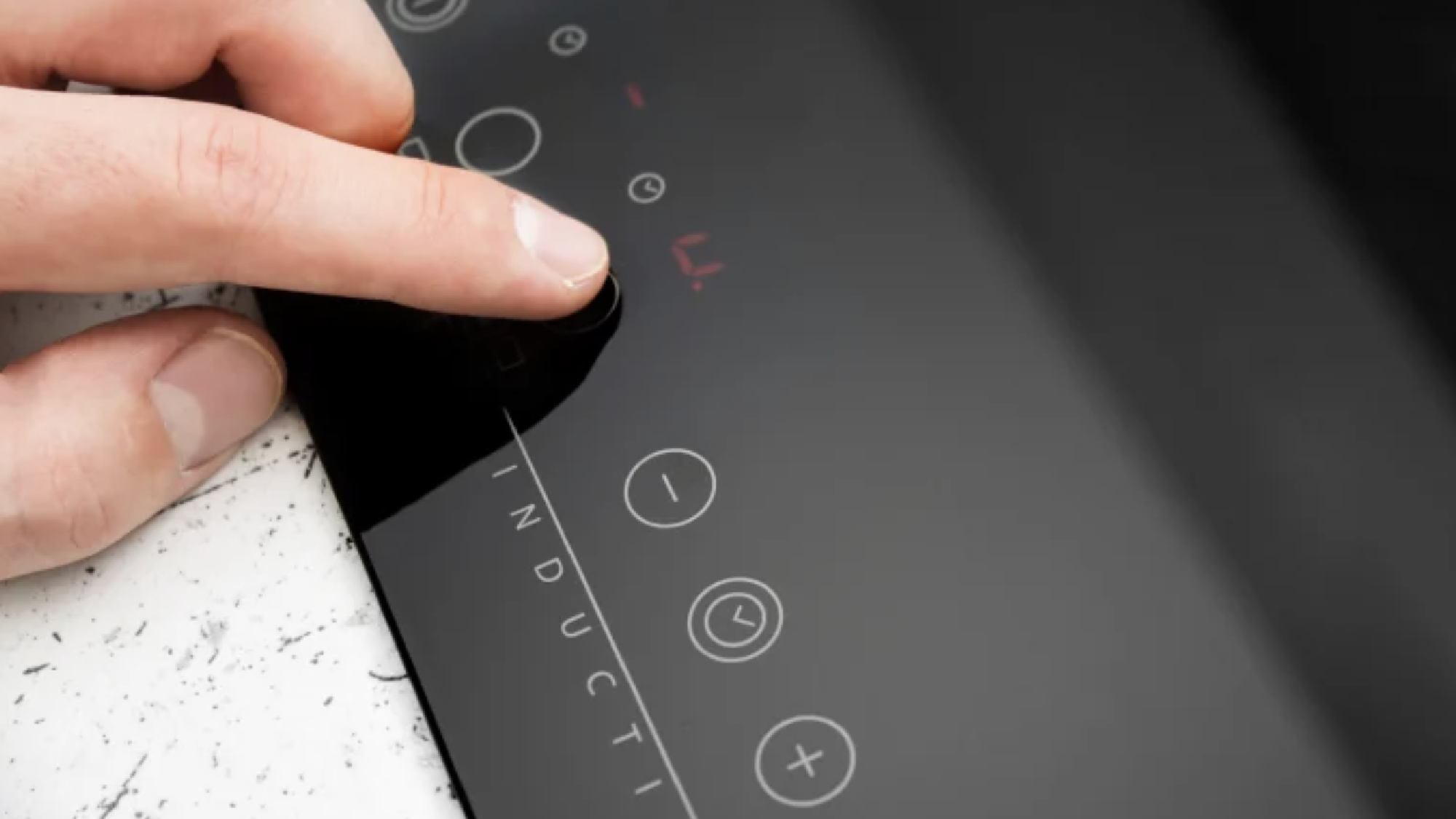
When finished, reduce the heat to 0. Then locate the main power button and press it for a few seconds to turn the induction cooktop off. To be on the safe side, it could be worth locking your cooktop. This will mean you can rest your cookware on the stove while you serve, without the cooktop thinking you're trying to heat it.
7. Be wary of residual heat
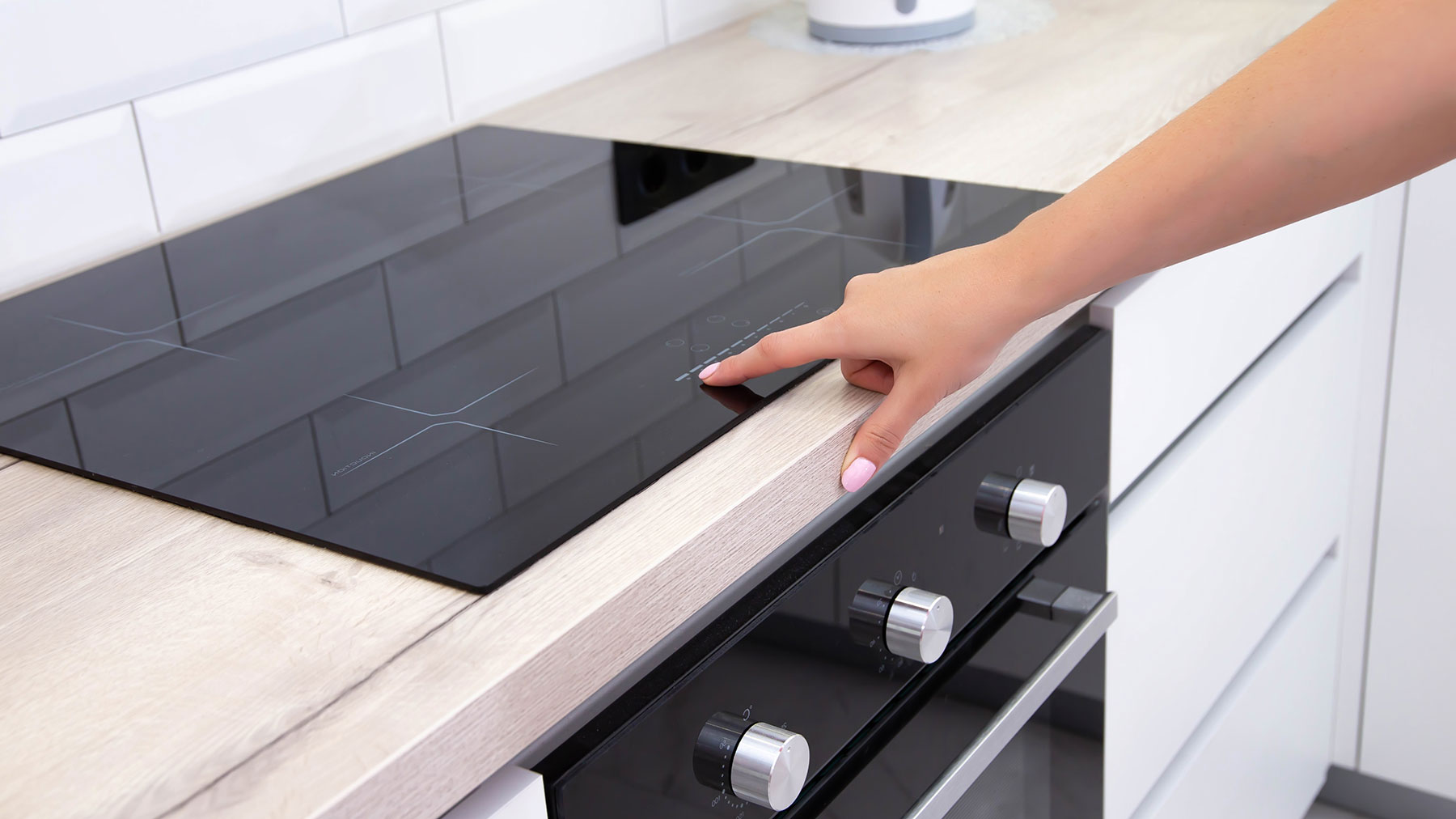
It's really important to be aware of residual heat. Just because you've switched off the cooktop, doesn't mean its cooled down completely. Pay attention to the indicator lights thats tell you when the surface is sufficiently cooled.
Induction cooktops usually cool down a lot faster than most electric and gas cooktops, because they heat your cookware directly as opposed to heating it via a cooking surface. Act with caution, but be prepared for this new advantage with your cooktop.
8. Clean after use
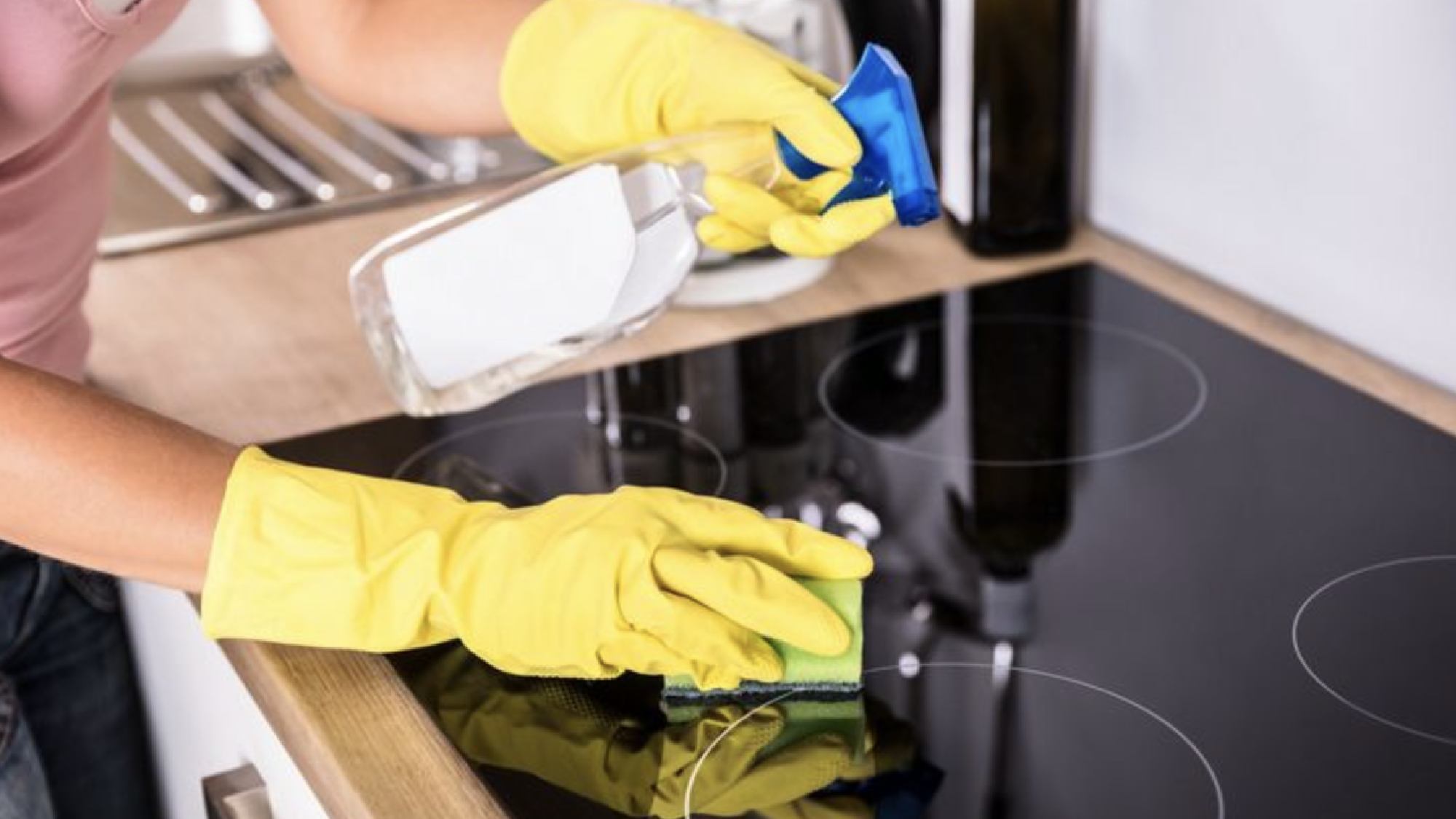
Once the surface has cooled, clean your induction cooktop by wiping down with a microfiber cloth and your preferred cleaning solution.
Don't forget to read our guide on how to clean an induction cooktop for more guidance on this. It's important to make sure you don't use anything to abrasive, as these cooktops can scratch — here are 5 things you should never use to clean an induction cooktop.
You can also bring versatility into the kitchen with a portable induction cooktop. And if you're using an induction cooktop for the first time, take these three things into consideration to ensure the best cooking experience.
Sign up to get the BEST of Tom's Guide direct to your inbox.
Get instant access to breaking news, the hottest reviews, great deals and helpful tips.

Kaycee is an Editor at Tom’s Guide and has been writing for as long as she can remember. Her journey into the tech world began as Cazoo's Knowledge Content Specialist, igniting her enthusiasm for technology. When she’s not exploring the latest gadgets and innovations, Kaycee can be found immersed in her favorite video games, or penning her second poetry collection.
